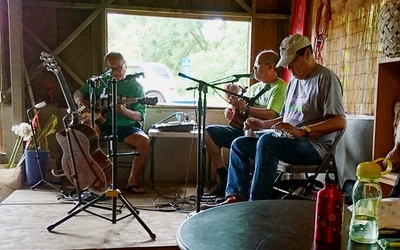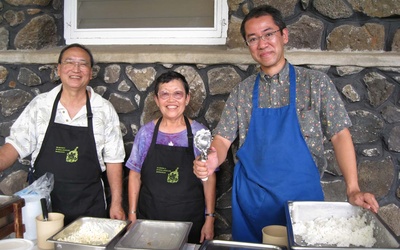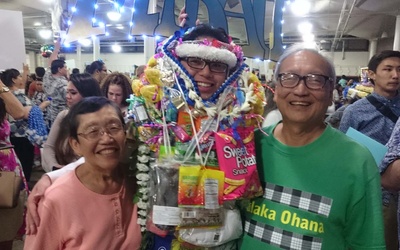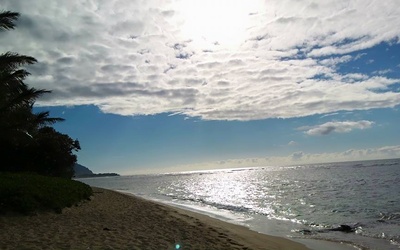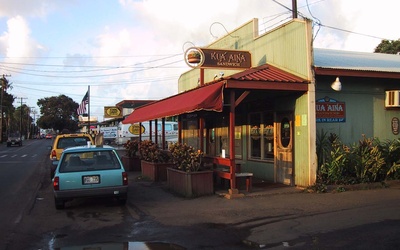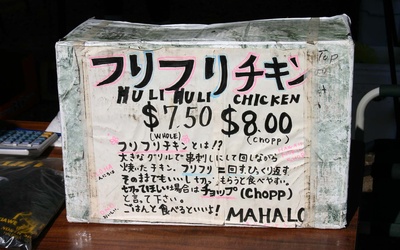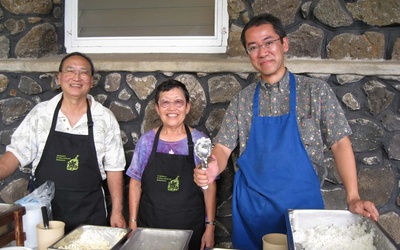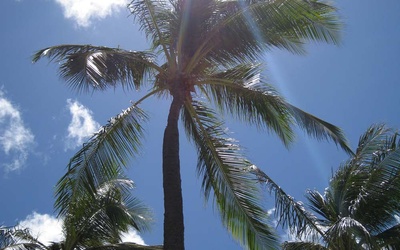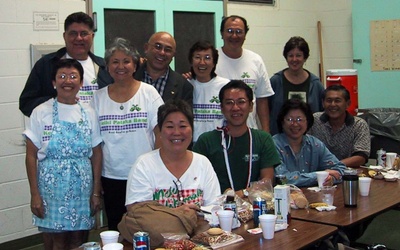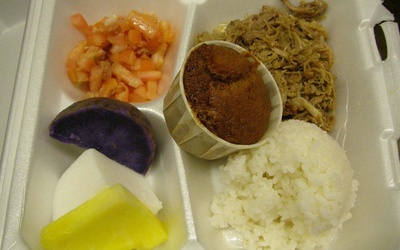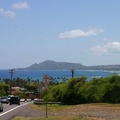
Seiji Kawasaki
@skawa2440kuhioBorn in Matsuyama, Ehime Prefecture in 1965. Graduated from the University of Tsukuba, College of Social Sciences, with a major in Law. Completed a Master's degree at the Graduate School of Education at the University of Tsukuba. Withdrew from the Graduate School of Education at the University of Tsukuba, withdrew with sufficient credits. After working as a full-time lecturer, assistant professor, and associate professor at the Faculty of Education at Tokyo Gakugei University, and a visiting researcher at the Faculty of Education at the University of Hawaii (2001-2002, 2008), he is currently a professor at the Faculty of Education at Tokyo Gakugei University and holds a PhD in Education (University of Tsukuba). His areas of expertise are social studies education, multicultural education, Hawaiian studies, and lesson research methodology. His publications include Multicultural Education and Intercultural Understanding Learning in Hawaii: How is "Fairness" Perceived? (single author, Nakanishiya Publishing, 2011) and others.
(Updated July 2014)
Stories from This Author
Final Episode: Traditional Culture and Diversity of Japanese Americans in Hawaii
Aug. 17, 2018 • Seiji Kawasaki
This series of essays, in which I have written at a very slow pace about my own experiences with Japanese people and Japanese community in Hawaii, has now reached its 12th installment. I had had a strong desire to visit Hawaii for 20 years since I was an elementary school student, and it was in the summer of 1996 that I first visited the country. I picked out someone from a mailing list for multicultural education, my specialty, who I …
Part 11: What Japanese Hawaiians value in relationships
April 18, 2018 • Seiji Kawasaki
There is a private junior and senior high school called Mid-Pacific Institute on the north side of the University of Hawaii's Manoa campus. It is an elite school in Honolulu, on a par with Punahou and Iolani. It is abbreviated as MPI, so one of the graduates joked that M(id-Pacific Institute) is at the forefront, with P(unahou) and I(olani) following behind. The school is fully equipped with dormitories, and students come from the Hawaiian islands. There are many Japanese-Americans enrolled …
Part 10: The "Inside" and "Outside" of Japanese-Americans in Hawaii
June 14, 2017 • Seiji Kawasaki
Last time , I wrote about the Honolulu radio station KZOO in detail. I first learned about it when I was in the first year of junior high school, and since the summer I was 30, I have been going to Hawaii several times a year without fail, and it is a radio station that I always listen to while driving there. When I lived there, it was also my daily source of information about Japan. This time, I would …
Part 9: Refreshing and Comfortable "Zukezuke": Mutual Aid among Japanese Americans in Hawaii
March 29, 2017 • Seiji Kawasaki
I think it was the winter of 1976, when I was in the fifth grade of elementary school. Kikuchi had a radio cassette player at home, and when I used the walkie-talkie that came with it, I could hear the voice clearly even from across the rice fields. The walkie-talkie was stored inside the body of the radio cassette player. It was much cooler than the toy walkie-talkie we had at home. When I went to Fujimoto's house to play, …
Part 8 (Part 2) Basic English that I learned from a Japanese person that I didn't learn at school
Jan. 18, 2017 • Seiji Kawasaki
Read the first part >> So, I would like to introduce some of the English expressions that L corrected, interspersed with anecdotes. It's not interesting to talk about the correction of simple mistakes or grammatical errors, and although I may be a little biased, I think I have pretty much mastered the basics of grammar and don't make many mistakes. So, I would like to focus on the ones that I learned for the first time after they were corrected, …
Part 8 (Part 1) Basic English that I learned from a Japanese person that I didn't learn at school
Jan. 17, 2017 • Seiji Kawasaki
In the second installment, " Is dressing fashionable not stylish? ", I touched on the change in words. I took up the topic of how inherited Japanese words have lost their original meaning and changed, and thought about it while imagining the lives of the Issei. I imagined that they worked hard every day after crossing the ocean, and saved up whatever little they had left over from the remittances they sent back to their homeland. I came up with …
Part 7 (Part 2): Are Japanese Americans in Hawaii Individualistic?
Sept. 16, 2016 • Seiji Kawasaki
Read Part 7 (first half) >> The Japanese Mentality I have been going to Hawaii for 20 years, and have lived there a few times during that time, so I have unintentionally participated in the ceremonies of the local community. When my English conversation skills were not sufficient (I think that everyday conversation is much more difficult than discussions in my field of expertise), I found it very bothersome. However, I thought that it would help me to gain a …
Part 7 (Part 1): Are Japanese Americans in Hawaii Individualistic?
Sept. 15, 2016 • Seiji Kawasaki
This essay is the second half of a 12-part series. The first six parts have focused on the cultural aspects of Japanese people in Hawaii, and have been considered in comparison with Japanese culture and Japanese culture. In particular, following the advice of Ms. M, who is like a guardian to me in Hawaii, I have tried to pay attention to the diversity of Japanese people in Hawaii and avoid over-generalization. When in doubt, I sometimes go to Hawaii on …
Part 6: What does it mean to "do your best"? - Japanese culture and Japanese-American culture in Hawaii
March 18, 2016 • Seiji Kawasaki
Let's continue with the elementary school story. Last time (part 5, " Japanese values that may be disappearing - changing Hawaiian culture" ), we touched on the kindness and deep consideration of M-san and L-san. According to them, the virtue of Japanese culture inherited by Japanese people is "to do the best you can for others." In this regard, let's take a look at the school of teacher A, who was mentioned in part 3, " T-shirts ." The elementary …
Part 5: Japanese values that may be disappearing - The changing culture of Hawaii -
Nov. 9, 2015 • Seiji Kawasaki
This essay series started with the theme of Japanese society in Hawaii, but sometimes I am faced with the question of whether there is such a thing as a "Japanese society" in Hawaii. It is rather exceptional that ethnic communities like Chinatown exist in a visible form. I sometimes feel something like the beginning of Koreatown on the mountain side of the Ala Moana Shopping Center. However, even though there are areas such as Waimanalo and Kapolei with many Hawaiians, …

